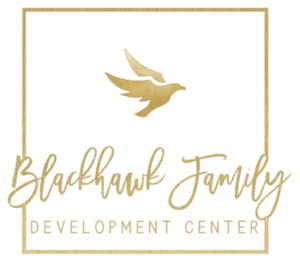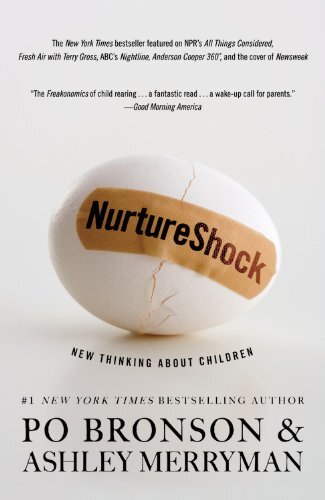Introduction - Readings
Throughout the years our clinicians have been influenced by a number of books. We believe reading is essential in widening our lens and embracing diverse perspectives. The following books range in approach and perception. At times you will find they even contradict one another. This is deliberate and allows the opportunity to emphasize the importance of holding multiple truths and appreciating the opposing lens. Foundationally, the BFDC clinician must be able to integrate diverse viewpoints. When the clinician is fully able to embrace and utilize opposing truths, only then can they cultivate true empathy and adaptability.
Each book we read addresses some aspect of parenting or childhood development. Yet we are not training you to be a child therapist. The expectation is that you will be a generalist, able to seamlessly transition from play therapy with a four-year-old to a high conflict couple’s session, from a highly depressed teen to perhaps an adult debilitated by anxiety. Why then the sole emphasis on childhood in our literature? The narrative of the teen or the adult is steeped in their experience of childhood, and often in their relationship with their parents. Systemic and developmental psychologists vehemently support understanding the child in order to understand the adult.
Nurture Shock
By Po Bronson & Ashley Merriman
The first book we will read is Nurture Shock by Bronson and Merryman. We start with this piece because it requires us to question what we’ve been societally and systemically trained to believe about children and their development.
The moralistic right and wrong judgements around behaviors are replaced by inquisitive curiosity and a desire to understand rather than condemn. The counter intuitive logic and scientific data reboot our mindset and liberate us of preconceived notions. Intolerable vices, like dishonesty, are observed within the context of acceptable developmental growth. Praise, which parents have been encouraged to lavish upon their children, is seen as a factor that may detract from resilience, while reward may decrease intrinsic motivation.
In our clinical work, we will often come across parents seeking to pathologize their children out their own sense of fear or frustration. It is our responsibility to educate and guide them towards curiosity and understanding, as judgement only strengthens the pre-existing negative narrative they may hold about their child. Conversely, we may also have parents who unknowingly thwart their child’s resilience through excessive praise.
These parents will need to be taught the value of developing and modeling distress tolerance. We will teach them to acknowledge and explore failures, their own and their children’s. It is in our failures that our resilience is built. This message is easily lost in a society of participation trophies.
Parents can be highly vulnerable to self-criticism. Generally, parents want to be the best (role model, provider, influence) for their children and the unrealistic expectations can be a set up for failure. Therefore, parents may often feel defensive about their “parenting”. As you read through Nurture Shock, think of ways to empathically deliver counter intuitive information to our clients through science and psycho education.
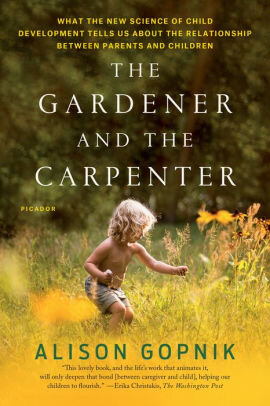
The Gardener and the Carpenter
By Alison Gopnik
Our next book is The Gardener and The Carpenter, by Gopnik. In this read, the science and counter intuitive research findings from Bronson and Merryman are complimented by the philosophical framework and clinical findings of Gopnik.
Her book invites us to explore childhood through the lens of a gardener, cultivating a rich environment in which their crops may flourish. The gardener can only plant the seeds and provide the rich soil. They cannot dictate the rate of growth of each plant. Perhaps the tomatoes thrive and the bell peppers wither. Such is the case with our children’s personalities and abilities. While the parent may desire to grow an athlete, they may in fact discover an academic in the making.
It is essential to nurture what grows and not to mislead ourselves into believing that we can dictate the harvest. This is the detriment of the Carpenter.
The outdated, yet persistent and potentially damaging, approach of the Carpenter operates under the assumption that if proper directions are followed a defined product will be crafted. Constructing children however is more dynamic than putting together furniture. Our clients often have affluence and means. Many families that we work with desire to utilize those means to purchase solutions and a linear trajectory with an expected outcome.
It has become a widespread belief in our mainstream society that if children are enrolled in the right extracurricular activities, admitted into the right schools and placed into the right AP classes they will in turn be good and successful. Dismay and shock arise when the child with the 4.7 GPA is self-harming or when the starting Short Stick Defender rebelliously reneges on their full ride to a UC. The directions promised a curio cabinet in which trophies could be displayed yet sitting in front of us is a locked trunk.
In our therapeutic work, we must strive to debunk the over simplified and linear expectation parents may have of their child. The BFDC clinician must bring the parent into full understanding of their own unique child.
Parents cannot truly fall in love with their child until they understand who their child innately is, outside of their own projections and expectations. At Blackhawk Family Development Center, we often utilize our psychological testing and assessment services as a highly effective tool in generating a blueprint to present to parents.
One in which their child’s strengths, challenges, emotional processing and cognitive capacities are merged into an integrated landscape.
I urge you to think now beyond the child and through one’s entire life span. The mentality of the Carpenter has left many individuals, even as adults, living a life incongruous to their innate strengths. A life in which they feel restless and agitated. Imagine trying relentlessly to can cases of tomato sauce from the growth of single vine when perhaps just off to the side the zucchini is growing in abundance.
If we allow access to and acceptance of what is, we may find delight and success in procuring loaves of zucchini bread. Liberate your clients from the expectations of who or what they ought to be and help them craft the very best of who they are.
However as previously emphasized it is through the integration of diverse and even contradictory viewpoints that clinicians are able to cultivate true empathy and adaptability. Incongruence allows us to pivot, to remain humbled and not too complacently committed to any one perspective. Our next author, Rosemond, introduces unsettling interventions that may leave us uncomfortably shifting towards judgement. When we remain open, we will learn and be better clinicians because of it.
Our last author
Rosemond, criticizes the field of modern-day psychology for promoting fictitious diagnoses. He dismisses ADHD as problematic behavior that can be extinguished by proper discipline and he expresses disdain for medication. As contemporary, scientifically trained mental health professionals, we understand that ADHD certainly does have neurological components and that neurotransmitters can dramatically influence mood and even behavior.
The competent clinician is cognizant of both the medical reality of ADHD as well as the disproportionately high rates of diagnoses and stimulant use. The utilization of medication and rates of psychiatric diagnosis in young children is and always will be a prevailing topic in our field. These subjects will inevitably arise in our clinical work and we must be prepared to address them with a knowledgeable and unbiased syntax.
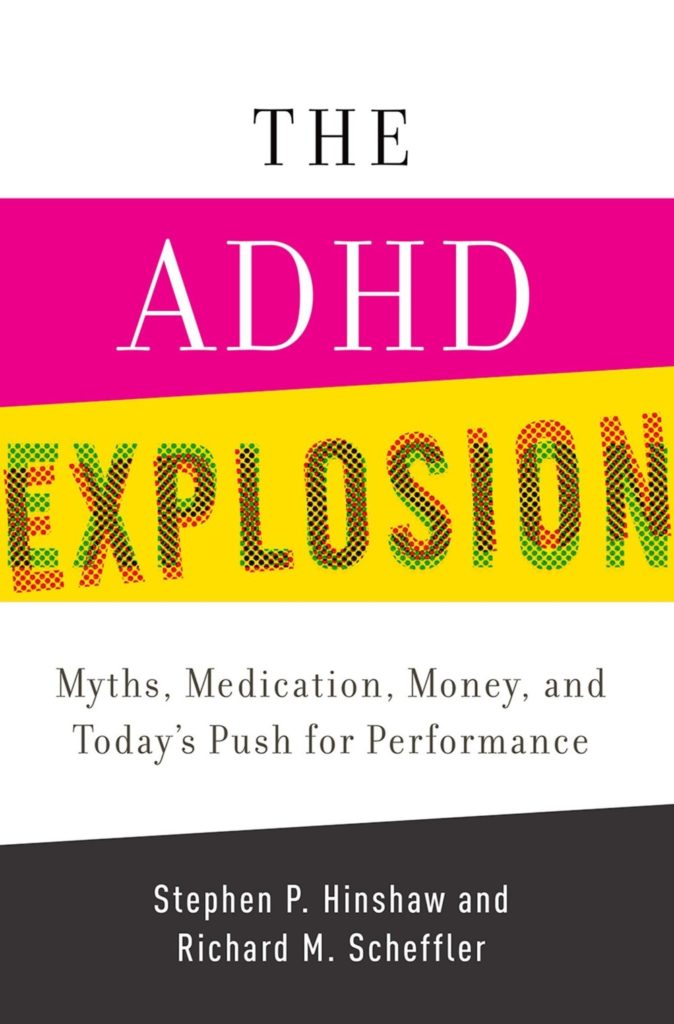
The ADHD Explosion: Myths, Medication, and Money, and Today’s Push for Performance
By Hinshaw and Scheffler
In their book, The ADHD Explosion: Myths, Medication, and Money, and Today’s Push for Performance Hinshaw and Scheffler provide a dynamic and well-balanced narrative. ADHD is explored through an integrated lens; merging science, medicine, educational policy and societal pressure
Most importantly, Hinshaw and Scheffler address the need for objective and accurate diagnosing as many therapists and physicians rely on subjective measures that often lead to skewed findings and misdiagnoses. At Blackhawk Family Development Center, we do not diagnose ADHD without cognitive psychological testing.
We integrate objective data on working memory and processing speed with scientifically validated measures of attention (visual and auditory), focus (short term and long term) and distractibility (in high and low stimulus environments) to make an astute diagnostic determination.
The wisdom of this read has application far beyond ADHD alone. This book models for us how to enter controversial spaces without judgement but rather with understanding, psychoeducation and treatment options. This is our role, to provide promising treatment options that will facilitate symptom relief and cultivate hope.
As you read through this book, look to acquire information that will help inform your conversation with the parent who is coming to realization that their child may need a medication referral or conversely one who is convinced that ADHD is the root of the problem when the data contradicts their assumption.
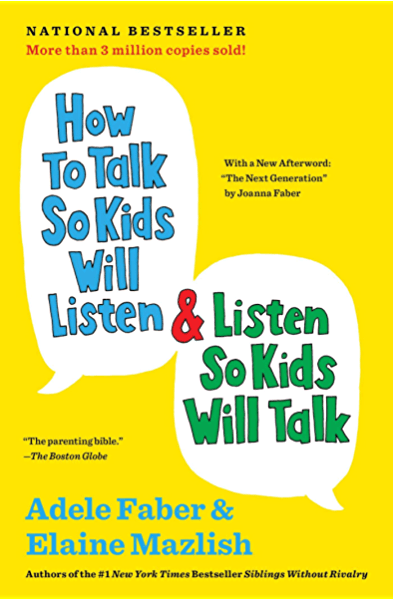
How to Talk So Kids Will Listen & Listen So Kids Will Talk
By Adele Faber & Elaine Mazlish
In our final book, How to Talk so Kids Will Listen…And Listen so Kids Will Talk, Faber and Mazlish weave together themes previously explored in earlier reads. This book provides a basic yet effective foundation and the most practical of strategies that can be immediately implemented.
Upon starting therapy many parents seek instantaneous behavioral change in their child. Yet the competent clinician knows that behavioral modeling and trained response are most critical in the child’s behavioral transformation. Therefore, whenever possible, it is the parent who must change first. The BFDC clinician utilizes a family systems approach and debunks the myth that the child alone must change.
If the seed is not growing, perhaps the environment of the garden may benefit from change.
Our approach at Blackhawk Family Development Center is to create long term and positive change that endures the test of time. Change so deeply ingrained that our families will be equipped to navigate inevitable triggers with little turbulence.
Therefore, we must establish a solid foundation upon which this transformation can be scaffolded. Each story of our build must settle seamlessly before we move on to the next phase of construction.
It requires a clinician with a talent in persuasive communication to entice the parent eager for a quick fix into embracing the benefits of the long-term model. It requires humility and empathy to shift the parent’s perspective and reconfigure their expectations. Foundational change is the only way to implant adaptive tools within the core of the family system. Adaptive communication is the first foundational change that needs to occur.
Communication (miscommunication or lack of communication) is often a cause of creating and escalating conflict in any relationship. Communication is also an art that goes far beyond the verbal. It is a crafted skill that when mastered can lead to connection, fulfillment, collaboration and productivity.
As a young child, I was fortunate enough to be apprenticed by two Masters of the craft. Briefly, we will return to the Grand Central Station of Love. In my childhood home, my grandmother spoke only Gujrati and my nanny spoke only Spanish. I would sit at the kitchen counter working on my homework, transfixed by the miraculous spectacle unfolding in front of me. These two women, side by side, without the use of spoken word, executed the most complicated of Indian dishes and each plate turned out perfectly.
Their communication came from deliberately watching the other, looking for cues, understanding when to step back and when to pitch in. The non-verbal communication, achieved through truly witnessing the other, created a harmony of its own.
As you read through this book, strive to develop tools beyond effective verbal communication. It is my hope that you learn to utilize communication, in all of its forms, as a way to connect with and validate the experience of the other. Communication requires listening.
Effective communication requires assuming positive intent. Model this in your relationship with the parent and in turn they will be better equipped to model this to their children.
